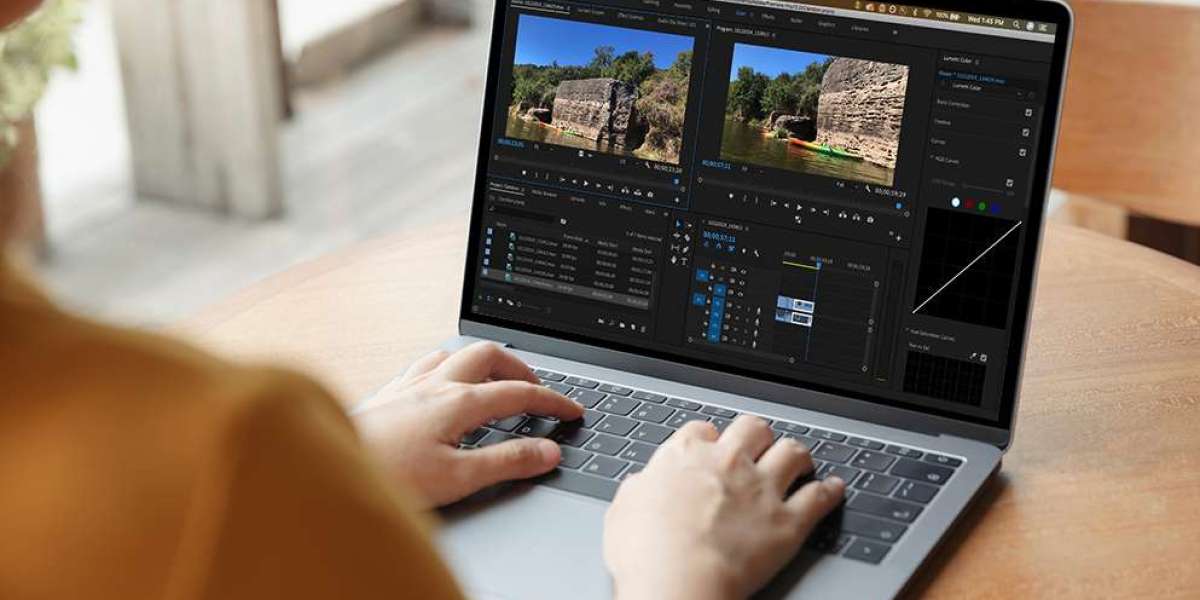In the ever-evolving landscape of video editing, the advent of 4K content has brought both opportunities and challenges. As content creators delve into the realm of ultra-high-definition editing, one crucial aspect that demands careful consideration is the storage solution. In this article, we'll explore the factors that go into choosing the right storage solution for seamless and efficient 4K video editing.
Understanding the 4K Challenge:
Before we delve into storage solutions, it's essential to grasp the unique challenges that laptop 4K video editing presents. The sheer size of 4K files, coupled with the intricacies of high-bitrate content, demands a storage setup that can handle large volumes of data with speed and reliability.
Factors to Consider:
Capacity: Start by evaluating your storage needs. 4K videos consume substantial storage space, so having ample capacity is crucial. Consider not only your current projects but also future growth.
Speed and Performance: The speed of your storage solution directly impacts the editing process. Look for storage solutions with high read and write speeds to ensure smooth playback and responsiveness during editing.
Connection Interface: The connection between your storage solution and your laptop is pivotal. Opt for interfaces like Thunderbolt 3 or USB 3.2 Gen 2 for faster data transfer rates. This is particularly important when working with large 4K video files.
RAID Configuration: If data redundancy and performance are paramount, consider RAID configurations. RAID 0 can enhance speed by striping data across multiple drives, while RAID 1 provides data mirroring for redundancy.
External SSDs vs. HDDs: Solid-state drives (SSDs) offer faster data transfer speeds compared to traditional hard disk drives (HDDs). While SSDs are generally more expensive, they provide significant advantages in terms of speed and durability.
Recommended Storage Solutions:
NVMe SSDs: NVMe (Non-Volatile Memory Express) SSDs leverage the latest technology for high-speed data transfer, making them ideal for laptop 4K video editing. They are compact, reliable, and offer excellent performance.
Thunderbolt 3 External Drives: Thunderbolt 3 provides exceptional data transfer speeds, and many external drives come equipped with this interface. Look for reliable brands offering Thunderbolt 3 connectivity for optimal performance.
RAID Arrays: For users dealing with large-scale 4K projects, a RAID array can provide both speed and data redundancy. Choose a RAID configuration based on your priorities, whether it's speed (RAID 0) or data protection (RAID 1).
Conclusion:
Choosing the right storage solution for 4K video editing involves a careful balance between capacity, speed, and reliability. As the demand for high-resolution content continues to grow, investing in a robust storage setup ensures a seamless and efficient editing workflow. Consider your specific needs, budget constraints, and future scalability when making your decision. With the right storage solution in place, you'll be well-equipped to navigate the challenges of 4K video editing in the digital age.








